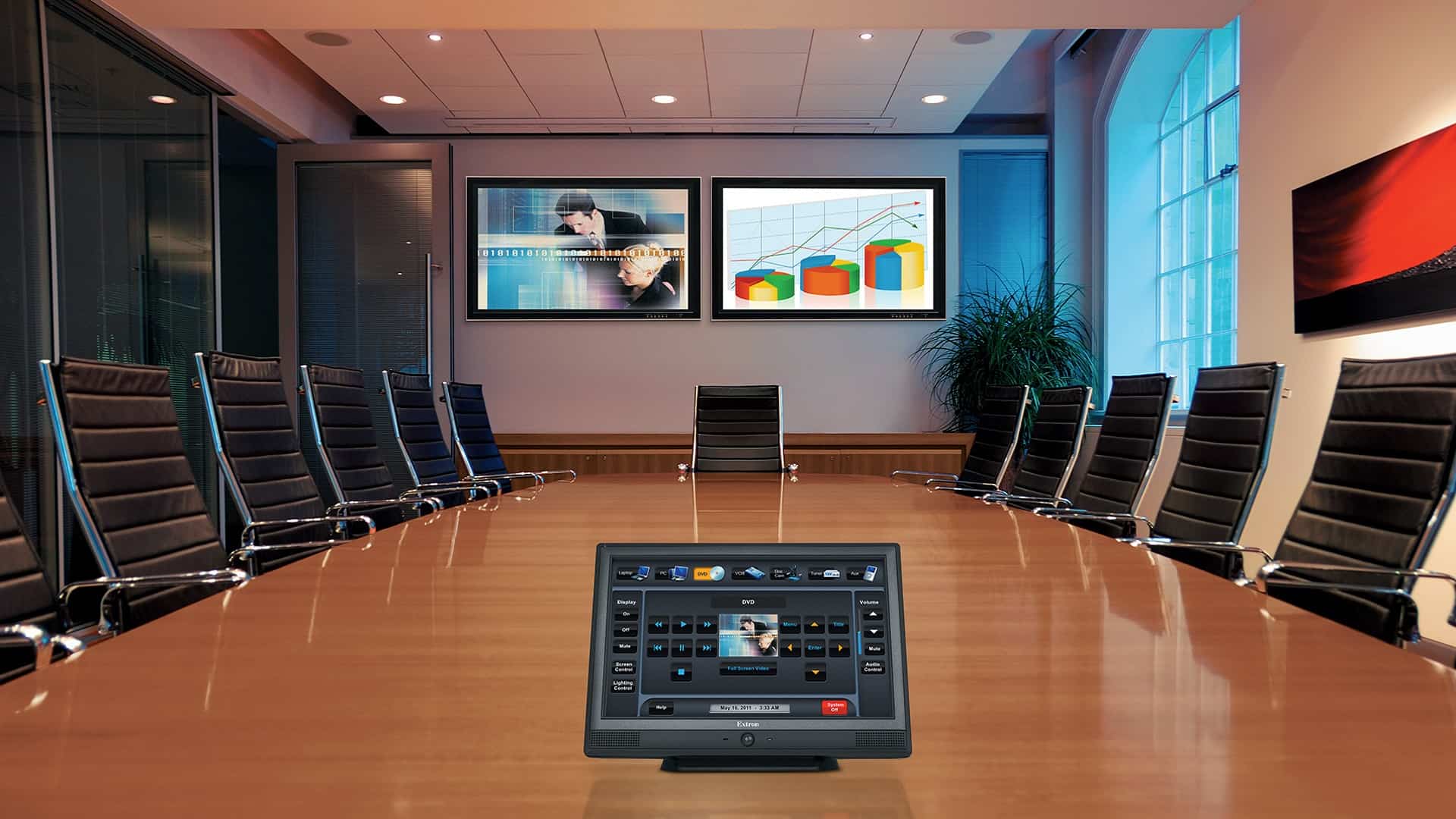Transforming Broadcasting with Cutting-edge Audio via IP Technologies toward a Connected Tomorrow
Transforming Broadcasting with Cutting-edge Audio via IP Technologies toward a Connected Tomorrow
Blog Article
This world of media is undergoing a significant shift due to innovative audio over IP (AoIP) solutions. These advancements are revolutionizing the way audio programming is produced, delivered, and consumed. Audio over IP refers to the method of transmitting audio signals over a digital system, using Internet Protocol (IP) instead of traditional analog methods. This change not only enhances the quality of audio delivery but also provides broadcasters with greater freedom and authority over their content.
One major benefit of audio over IP systems is its ability to link various devices and systems seamlessly. Classic broadcasting often depended on complex cabling and tangible connections, which could be cumbersome and restrictive. With AoIP, broadcasters can easily interface microphones, audio consoles, and additional equipment through a shared network. This convergence allows for remote broadcasting and live transmissions from virtually any location, making it simpler to connect with audiences across the globe. As a consequence, broadcasters can respond quickly to ongoing events and listener demands, leading to more dynamic and captivating content.
Additionally, AoIP technology supports high-quality audio formats that enhance the auditory encounter. In contrast to conventional broadcasting methods, which may diminish sound standards, audio over IP can maintain the integrity of the audio signal helpful resources throughout the transmission process. This means that audiences can experience crisper and richer sound, regardless of whether they are listening in via terrestrial radio, streaming over the internet, or employing mobile devices. The ability to deliver high-fidelity audio is especially important for music and talk shows, where every detail matters to the audience.
Moreover, the implementation of audio over IP technologies can lead to financial efficiencies for media companies. By using existing network systems, companies can eliminate the need for expensive hardware and large-scale cabling. This not only reduces initial costs but also decreases operational costs over time. Media firms can distribute resources more effectively, focusing on production and human resources development. As a result, the entire media industry can benefit from increased innovation and creativity, as funds are redirected toward improving programming and interacting with audiences.
In conclusion, the shift towards audio over IP technologies is transforming the broadcasting landscape. By allowing smooth connections, improving audio quality, and lowering costs, AoIP is clearing the path to a better integrated future in media. As media organizations continue to adjust to these developments, they will be more prepared to satisfy the demands of their audiences, create compelling programs, and stay competitive in an ever-evolving industry. The prospects of broadcasting is bright, and audio over IP will take a key role in defining the manner in which we experience audio content in the years to follow.